Softball is an exciting game for all who play it, in which knowing the positions is vital if you are going to be successful while playing the game.
There are nine positions in total, and if you choose to play, a thorough analysis of each one should help you decide which one is best for you. If, however, you want to be versatile, a good knowledge of the required skills needed for each of these positions should leave you highly flexible—capable of performing in any position remarkably.
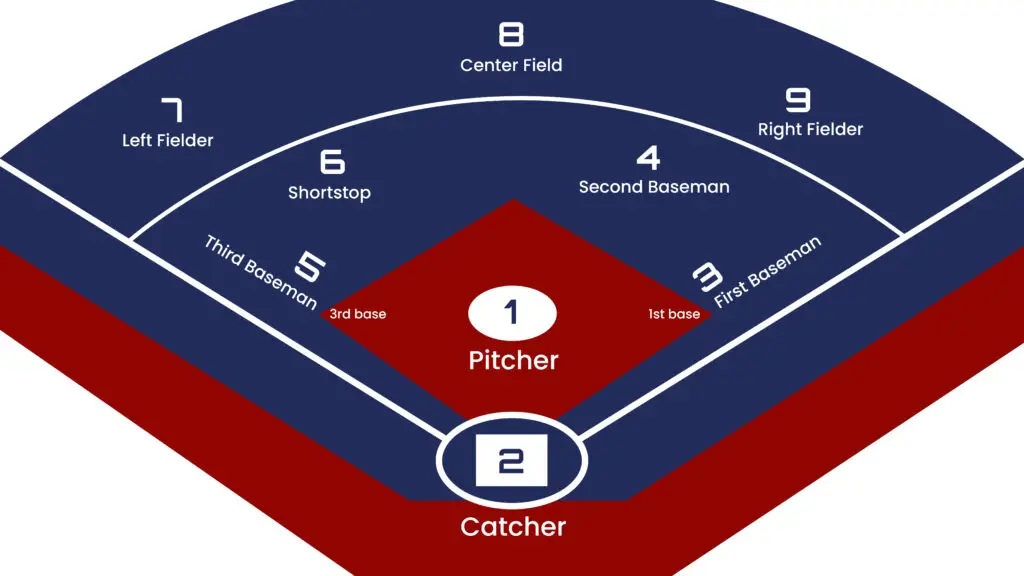
What positions are there in softball?
As mentioned earlier, there are nine positions in softball: pitcher, catcher, first baseman, second baseman, shortstop, third baseman, left fielder, center fielder, and right fielder.
Below is a description of each of these positions.
Pitcher
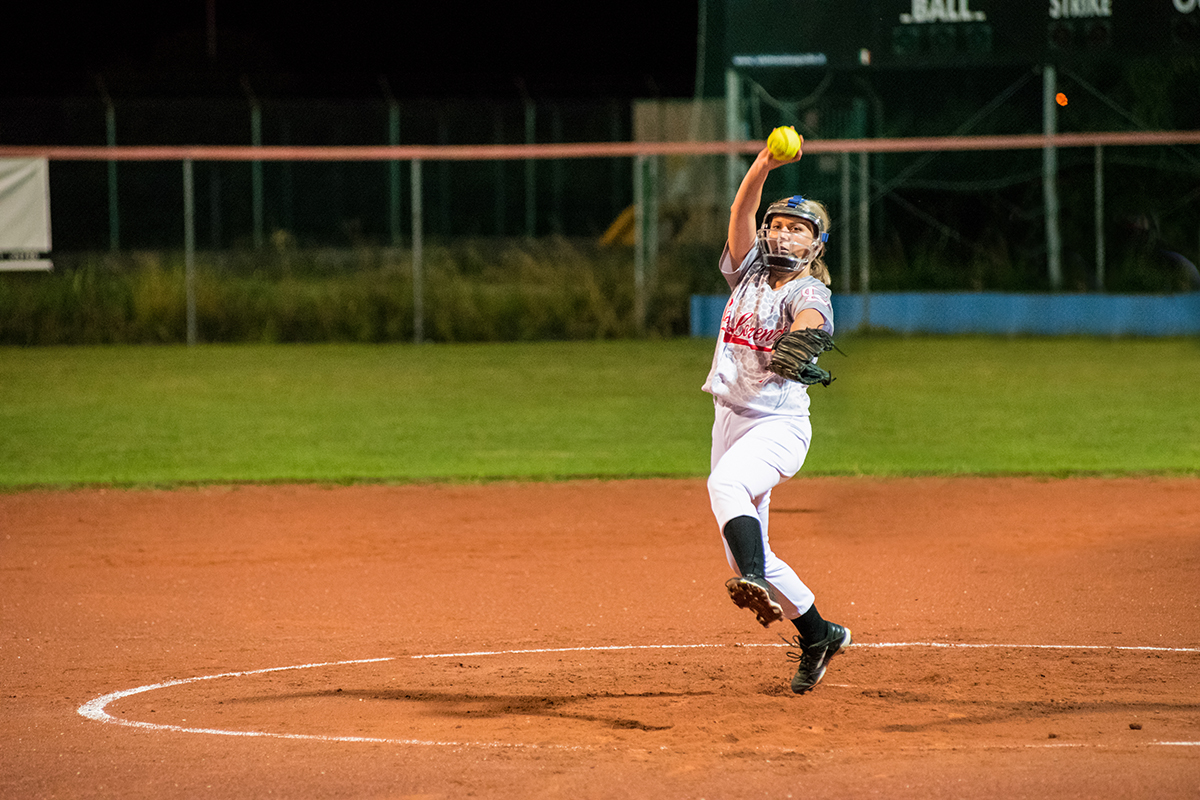
The pitcher is one of the most important positions in the softball game. The pitcher throws the ball with their feet firmly planted on the encircled area of the field at the point of pitching.
This position requires a lot of agility and energy, which is why not every player can take up this role successfully. To become a solid pitcher, you should be tall with long arms and legs.
These features give the pitcher an advantage, particularly when they throw balls at that point at which the ball would need to pass through a hit point (usually an area between the chest and knee based on the physical stature of the player in question).
Apart from just the player’s physical condition, a good pitcher should also be well-focused, competitive, and capable of handling immense pressure while having a tough mindset.
Catcher
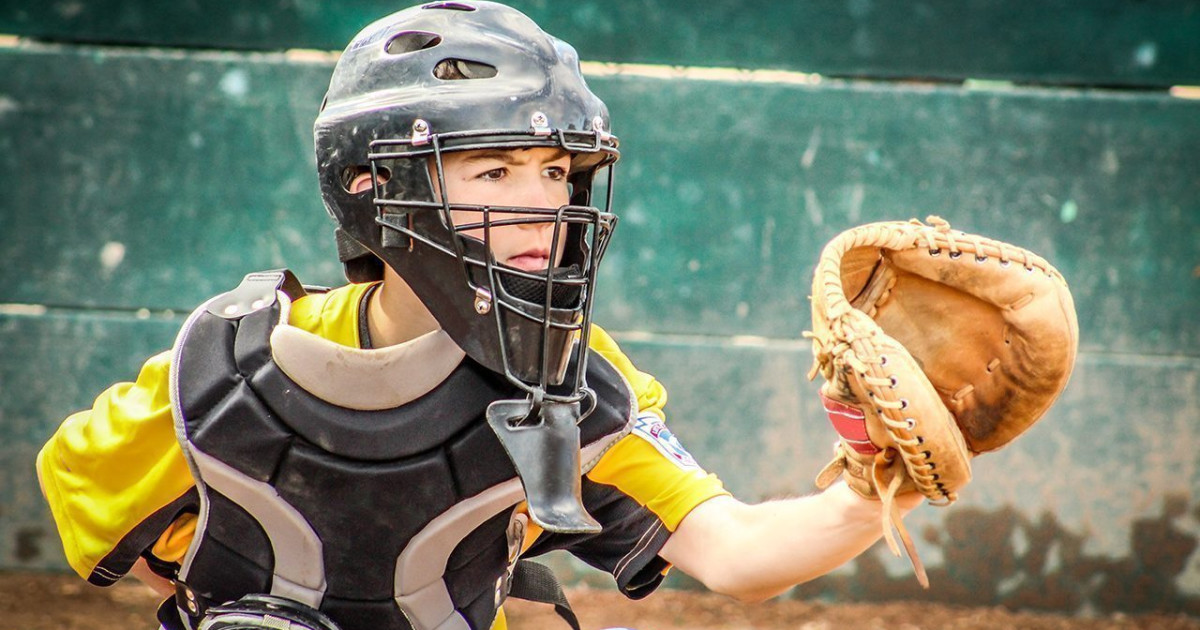
A catcher is more of an organized player as they serve as a supporting role to the pitcher and, at the same time, alert other players to the happenings of the game, such as strikes, outs, etc.
The catcher also catches the ball thrown at them by the third baseman.
This particular position is highly demanding, and a good catcher must have high endurance to pull off this position quite well.
Other requirements of a good catcher include having reliable hands, being quick-footed, and, as an added benefit, being capable of making vital solid throws.
First Baseman

The first baseman, just as the name implies, is required to be by the pitcher’s side on the first base, ensuring that the balls are caught at the first base so that the other team does not incur too many wins.
This particular position is not as demanding as the first two mentioned.
Nonetheless, you will need to have a large body frame and be able to hit the ball with maximum power if you are successful at this position.
An animal instinct, good reflexes, and solid performance skills while on the field are additional features of a first baseman.
Second Baseman

The second baseman exists to complement the efforts of the first baseman. Like the first baseman, the second baseman is required to get the thrown balls at the second base and ensure that the pitcher has the needed balls to defeat the opposing team and win the game.
Unlike the first baseman, the second baseman does not necessarily have to have a large body frame.
Smaller players can take up this position successfully, so long as they are quick and fast enough to make things happen in the base areas.
Shortstop

The shortstop position is usually regarded as the most highly rated position on the softball field.
As a shortstop, you will be required to cover the areas not handled by both the first and second baseman.
Considering that this area is usually between the first and second baseman and that most balls tend to fall within this area a lot, it would require the efforts of a highly defensive and agile player to satisfy this position as needed.
This is why players who wish to take this role are checked for certain features such as mental durability, agility, good arm coordination, etc.
Third Baseman
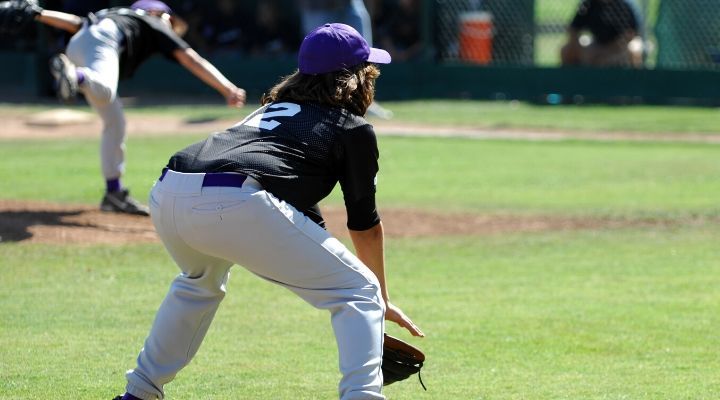
The third baseman is the final baseman in the base area of the field. Like the first and second basemen, the third baseman is responsible for catching the balls hit within their base area.
This particular position does not require the player to make a lot of field movements; instead, the player is required to have a strong throwing arm to be capable of long throws.
They also have huge body frames since they mostly stay at a point throughout the game and only need to move at some issues, such as throwing the ball to the catcher before the opposing team can react to earn points.
Finally, players who were shortstops can change positions to become third basemen since both positions require similar skill sets and vice versa.
Left Fielder
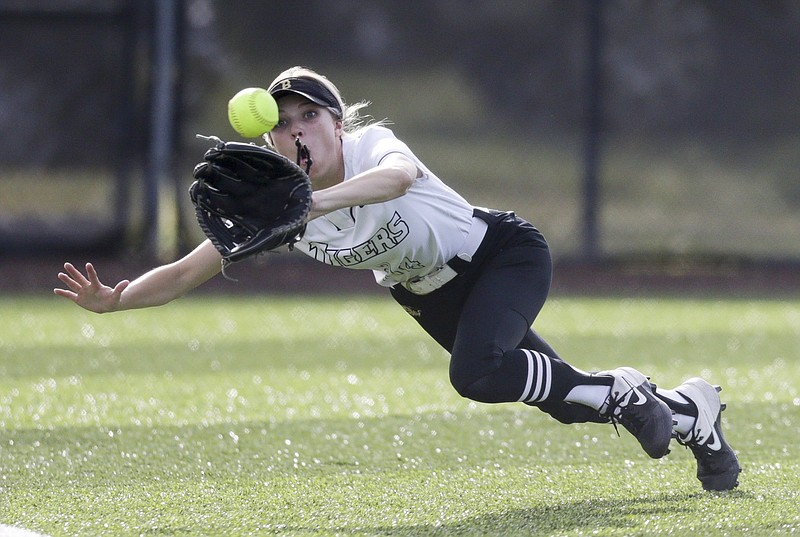
Left fielders are regarded as outfielders and responsible for contributing to the rest of the positions positively while on the field.
To be a left fielder, you must have good fielding skills and reasonable speed and be a good hitter to be considered top tier in the game.
Center Fielder
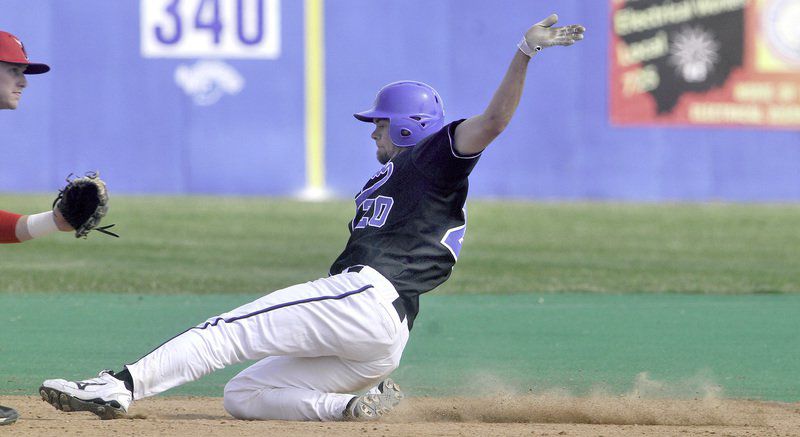
The center fielder is the most challenging of all the outfield positions. This is because you will have to be capable of rapid movements around the field, be able to detect fly balls, and be capable of hitting powerfully as well.
The center fielder is no slouch on the center field, so only players with lean body frames who can react at amazing speeds are most often considered for the position.
Right Fielder
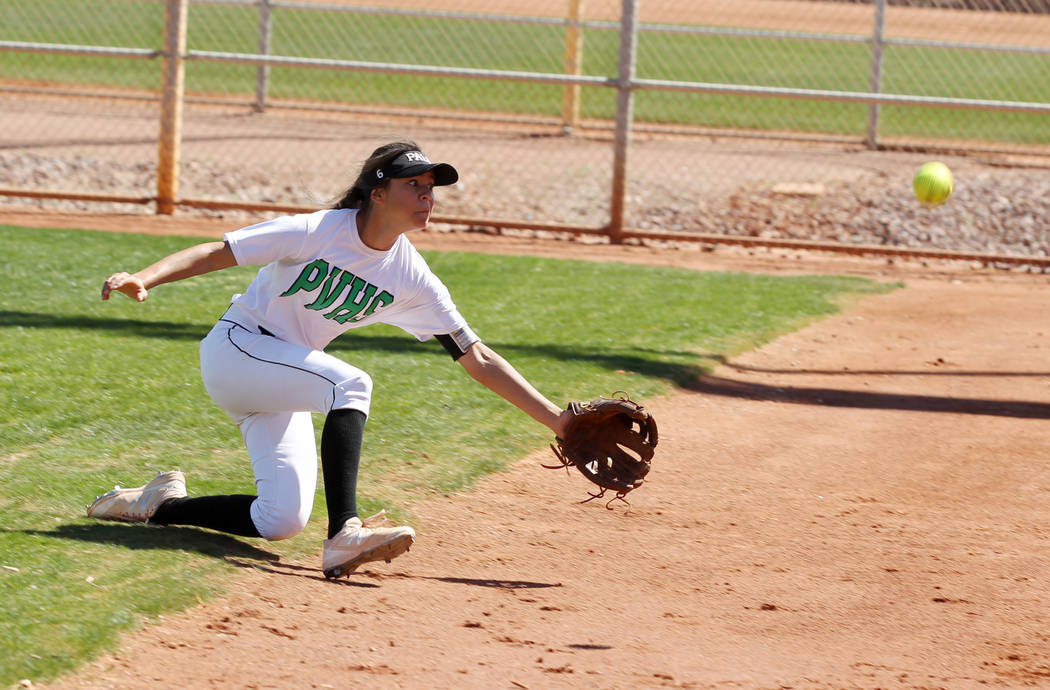
This is the last of the outfield positions and requires the player in this position have very solid hands to make long throws.
Speed is also a good feature, but not so much is required as that of the center fielder.
Lastly, the right fielder is usually closest to the first base, always ready to assist the first baseman where necessary.
What is the hardest position in softball?
Based on the general responsibilities of each of the infield and outfield positions listed above, it is without a doubt that the shortstop is the most challenging softball position on a softball team.
Don’t get me wrong, all softball positions are important and provide some sort of difficulty.
However, the shortstop position, from experience, has proven to be the hardest, particularly because of its numerous demands.
Players in this position would have to be very agile, flexible, and have high intelligence to cover the field as much as possible.
This position is crucial if a team is to win a softball game, so care is usually taken to select a player that would fill this position.
Finally, like in other sports, the most difficult positions also come with benefits.
In softball, the shortstop serves as the team captain, directing the players’ affairs and ensuring that the game plan is achieved.
This proves, if anything, those solid leadership skills are a must-have.
